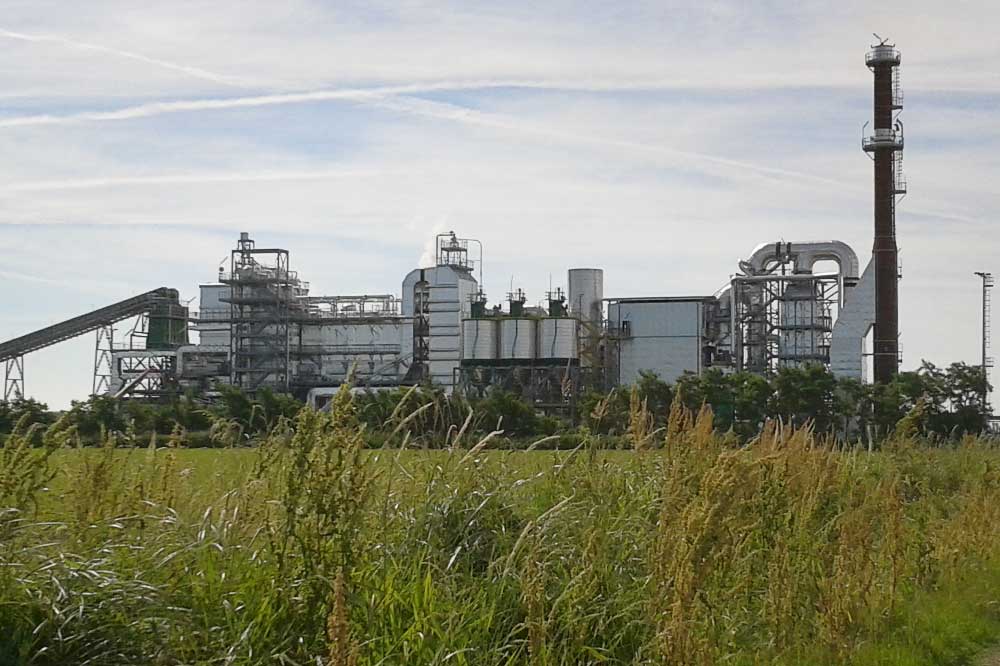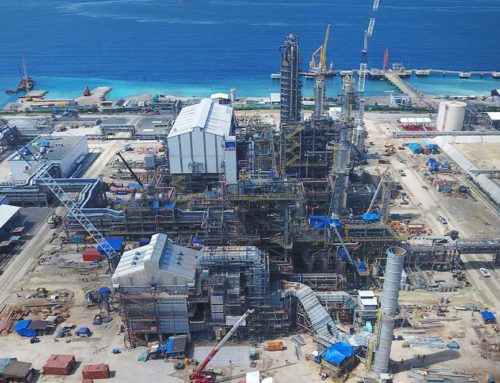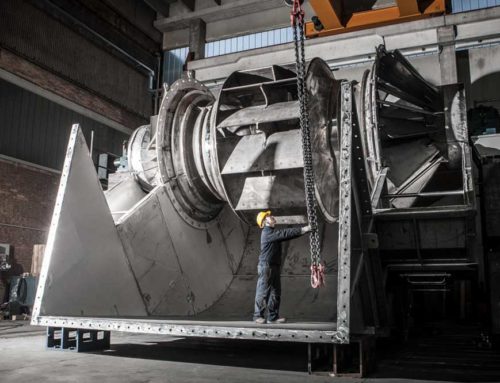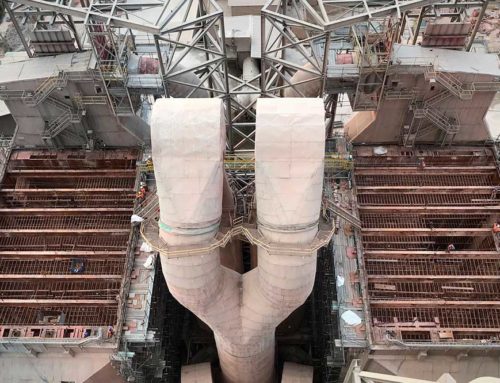Products: Air Pollution Control, Dust Removal, Flue Gas Treatment, Noise Protection
Industry: Power, Waste-to-Energy & Biomass
Location: Pavia, Italy
Boldrocchi provided complete air pollution control and noise protection solutions for a biomass plant near Milan, Italy. Analyses show complete success: air pollutants have been removed to well under area limits and noise is nearly completely eradicated – the plant’s noise emissions are lower than any other biomass power plant in Italy.
Like any other biomass plant, this one produced noise as well as nitrogen oxides, volatile organic compounds and powders. Boldrocchi devised a technical plan to reduce air pollutants and noise emissions to extremely low levels.
The plant, designed to deliver 140 GWhe per year of renewable energy, sufficient to meet the needs of about 50,000 families, consumes approximately 200,000 tonnes/year of wood chips.
Air Pollution Control
Boldrocchi’s team achieved the following abatement results:
- SO2 emissions were lowered to an impressive 0.00 mg/Nm3
- HCl emissions were reduced to 0.02 mg/Nm3
- NOX emissions were decreased to 46.04 mg/Nm3, well under the legal limit of 70.00 mg/Nm3.
- Dust particulates were lowered to 0.16 mg/Nm3, including fine particulate matter (PM5)
To attain those results, Boldrocchi engineered & manufactured:
- Cyclones to act as particulate pre-separators;
- A pulse-jet fabric filter (baghouse) that completes the acid abatement reaction;
- A reactor that nearly eliminates acid gases using bicarbonate of micronized sodium injections;
- A DeNOX SCR (Selective Catalytic Reduction) system for dropping NOX using aqueous urea.
Noise Protection
Boldrocchi was also contracted to reduce noise. The specific objective was to reduce sound pressure to scale A and to under 60 dB (A) at a fence a mere 7 meters from a pipe linked to the smoke line where the original noise level was 67 dB (A). Boldrocchi’s noise specialists did a precise and detailed search of the noise sources. They mapped the sound pressure level at the perimeter of the plant using 40 measuring points and found over 50 sound sources.
The team designed soundproofing, ranging from acoustic insulators, absorbing silencers and auxiliary booths. They also extended acoustic insulation to all Redler transport systems, exhaust ducts from the DeNOX extractor fan and other small sound sources. Once the entire plant was complete, noise was once again tested at all 40 measuring points and the results matched the theoretical noise abatement calculations. The sound at the fence was reduced to 54.1 dB (A) from the original 67 dB (A), well under the plant’s stated objectives.




